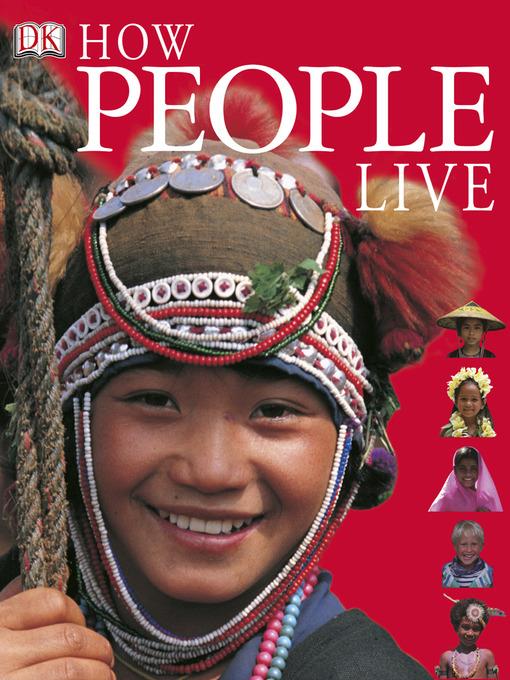
How People Live
How People Live
کتاب های مرتبط
- اطلاعات
- نقد و بررسی
- دیدگاه کاربران
نقد و بررسی

February 15, 2004
Gr 3-6-This contemporary and very appealing cultural atlas is akin to visiting a particularly well-designed museum exhibit about the people of the world. Though by her own admission there are far too many groups to fit into one book, Freeman makes a valiant effort to include as many as is practical and still keep the book to a manageable size, which is not an easy task. Hundreds of vibrant color photographs interspersed with short paragraphs of text describe all manner of cultural events and artifacts from every corner of the globe. The book is organized by continent, with each section introduced with a general description of the inhabitants, a political map, and abbreviated tables of pertinent statistics on such topics as language, population, and religion. Each introduction is followed by several two-page chapters on countries, geographical regions, or specific cultural or ethnic groups. What it lacks in completeness the text more than makes up for in interesting details and information on both well- and little-known groups of people. This is not the kind of book to absorb in one reading, but rather one to return to again and again, finding something new and surprising each time.-Sue Morgan, Tom Kitayama Elementary School, Union City, CA
Copyright 2004 Library Journal, LLC Used with permission.

February 15, 2004
The advances in technology over the past 25 years have created the global village in ways that Marshall McLuhan could never have imagined. DK has published a book that brings together a collection of photographs and facts from around the globe to inform readers about the diversity of cultures that make up our world and to celebrate the common bonds that bind us together. The title page shows Australian Aborigine children wearing traditional body decorations while playing with a laptop computer.
The book begins with general information explaining the international borders of the world map, and the people who inhabit it. Subsequent sections are divided into geographic regions beginning with North and Central America and continuing by continent. Each section is introduced with a map and boxes with statistics and facts about the region. Within each section, two-page spreads treat different population groups " (Amish, Bengalis, New Zealanders, Persians)" or, in the case of the U.S., different regions " (East coast, Southern states"). As in other DK publications, the text is brief, with photographs dominating the pages.
Although the book features more than 80 different peoples, it is impossible to profile every group in a single volume. The spectacular photographs make this an appealing browsing item for children and adults. The brief text is both a strength and a weakness, supplying essential information for the casual reader but limiting the volume's use as a reference source for reports or school assignments. Affordable for even the smallest library with limited funds, the volume is recommended as a supplemental resource in school and public libraries. (Reprinted with permission of Booklist, copyright 2004, American Library Association.)

























دیدگاه کاربران